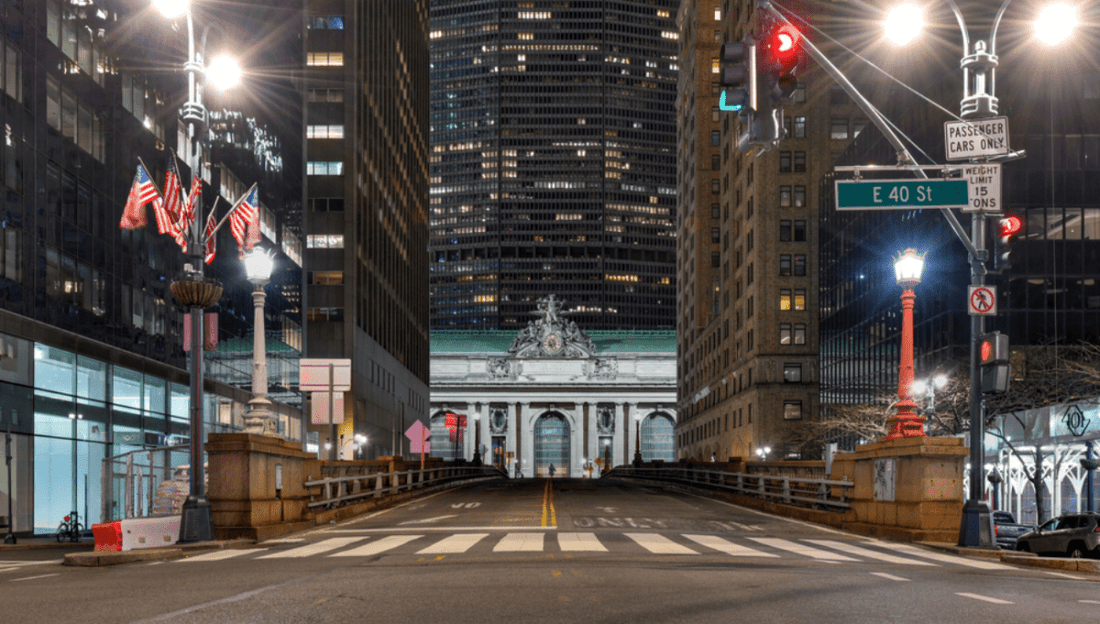If you've ever wandered through New York City at dusk, you’ve likely noticed the soft glow of street lights illuminating the city's bustling streets. But have you ever wondered, "What time do street lights turn on in NYC?" In this blog, we’ll dive into the timing of street lights in the city and highlight the importance of LED street lights in maintaining a safe, energy-efficient urban environment.
When Do Street Lights Turn On in NYC?
In New York City, the street lights generally turn on just before sunset and switch off after sunrise. However, the exact time can vary based on the season, weather conditions, and location. For instance, during the longer summer days, street lights may not come on until around 8:00 PM, while in winter, they may light up as early as 4:30 PM.
The lights are usually controlled by photocells, which detect the ambient light level and automatically activate the lights when it gets dark. This system ensures that the streets are properly illuminated as soon as natural light begins to fade, offering security and visibility for pedestrians, cyclists, and drivers.

The Role of LED Street Lights in NYC
New York City, like many modern cities, has been upgrading its infrastructure to include LED street lights. LED street lights have revolutionized urban lighting with their energy efficiency, durability, and brighter illumination compared to traditional lighting systems. Here’s why NYC relies heavily on them:
-
Energy Efficiency
LED street lights use significantly less energy than traditional high-pressure sodium or halogen lamps. With LED technology, NYC can reduce its energy consumption, lowering electricity costs and minimizing its carbon footprint. -
Longer Lifespan
LED street lights can last up to 50,000 hours, compared to traditional bulbs that typically last around 10,000 hours. This extended lifespan reduces maintenance costs and the need for frequent replacements. -
Enhanced Visibility
LEDs offer better light quality, providing brighter and more uniform illumination. This leads to improved visibility for both drivers and pedestrians, reducing the likelihood of accidents in low-light conditions. -
Environmental Impact
Traditional street lights emit more heat and contain hazardous materials like mercury. In contrast, LED street lights are eco-friendly, emitting less heat and producing minimal waste. -
Smart Technology Integration
Many LED street lights in NYC are now integrated with smart technology that allows them to be dimmed or brightened based on real-time needs. This technology helps conserve energy and adjusts lighting based on traffic and pedestrian activity.

Seasonal Variations in Street Light Timing
The time street lights turn on can also change with seasonal variations. For example:
- Winter: Due to shorter days, lights in NYC might turn on as early as 4:30 PM.
- Summer: With extended daylight, lights usually come on closer to 8:00 PM.
Additionally, during overcast or stormy weather, street lights may activate earlier than usual due to the reduced natural light.
Conclusion: Why LED Street Lights Matter
As a city that never sleeps, New York City relies heavily on its street lights to ensure public safety and convenience. By adopting LED street lights, NYC is making strides towards a more energy-efficient, sustainable, and safer urban lighting system.
If you're curious about the growing trend of LED street lights and their role in transforming urban spaces, consider upgrading your outdoor lighting with LED solutions. Whether it's street lighting, parking lots, or commercial spaces, LEDMyplace offers a wide range of energy-efficient LED lights for all your lighting needs.
By focusing on LED street lights, cities like NYC are lighting the path toward a brighter and more sustainable future. Keep an eye out for the next time the lights turn on in your neighborhood—it’s not just about timing, it’s about progress!


















































































